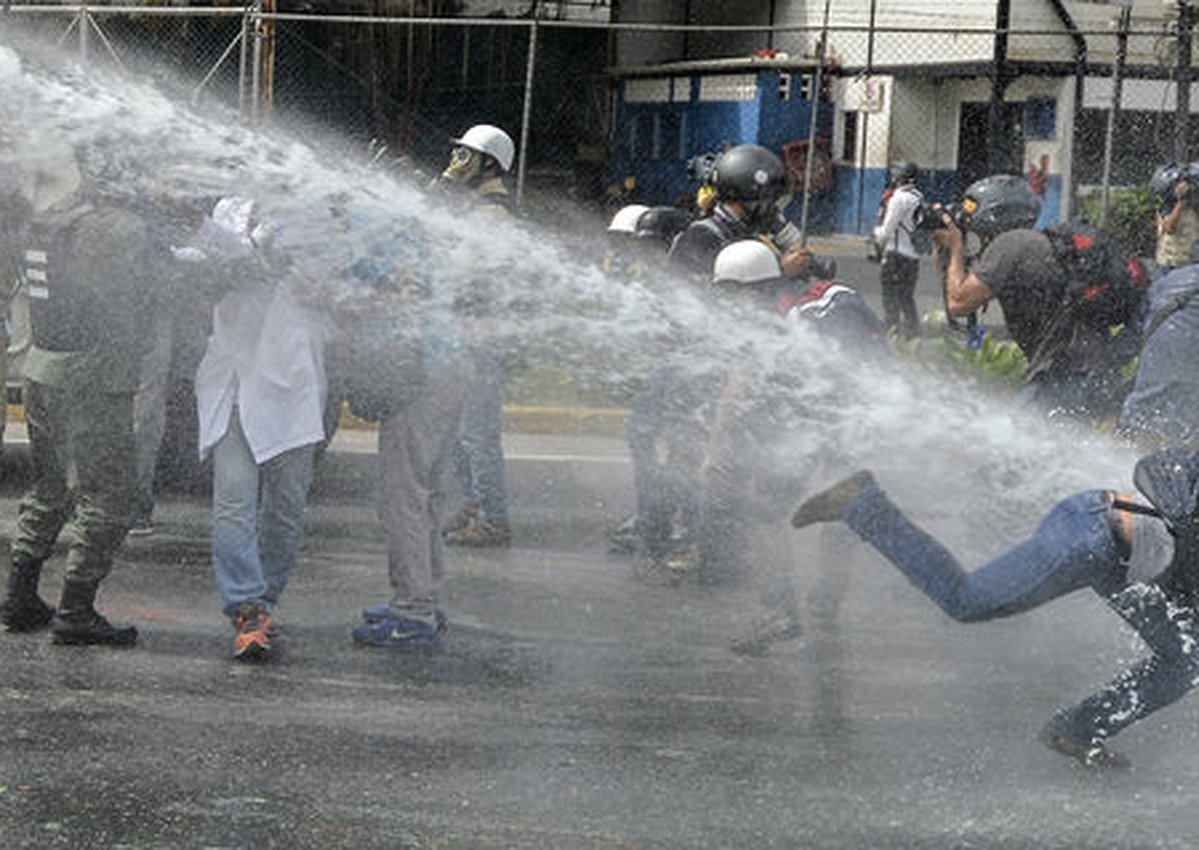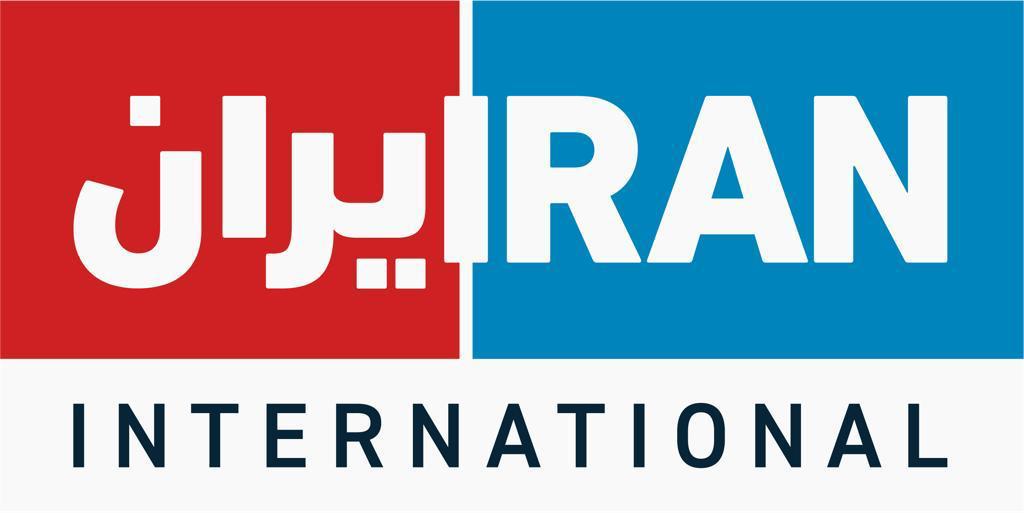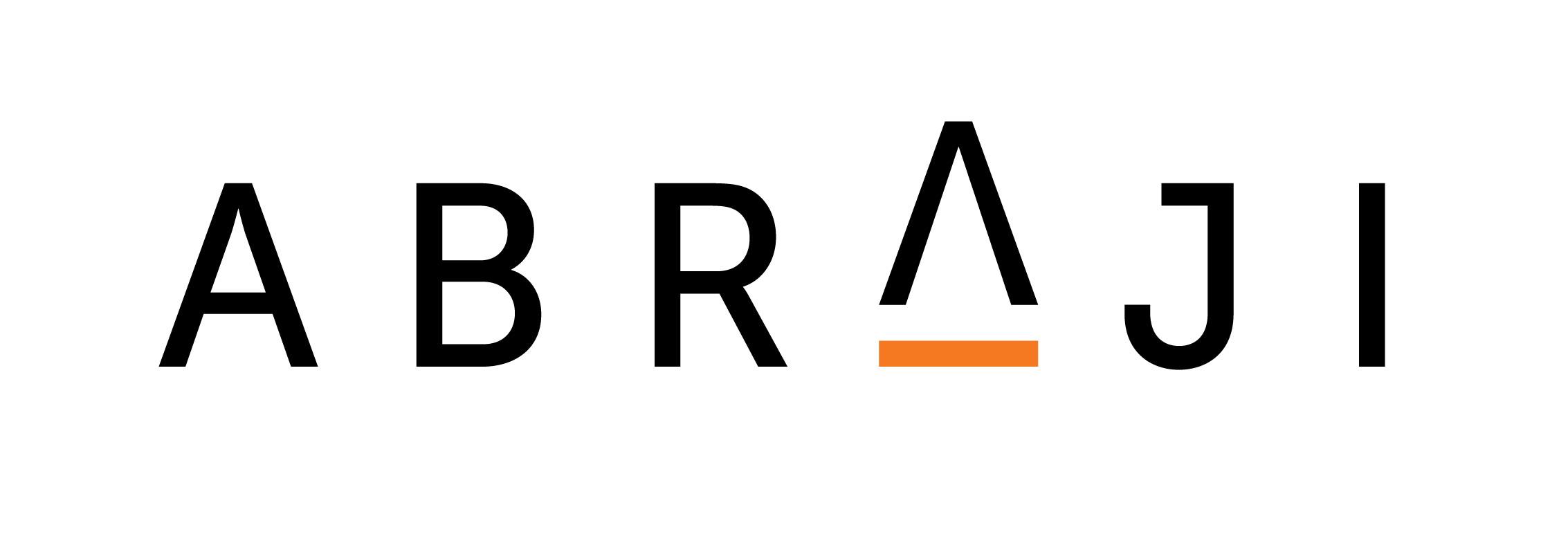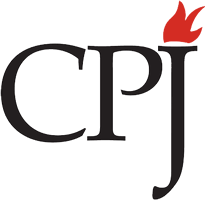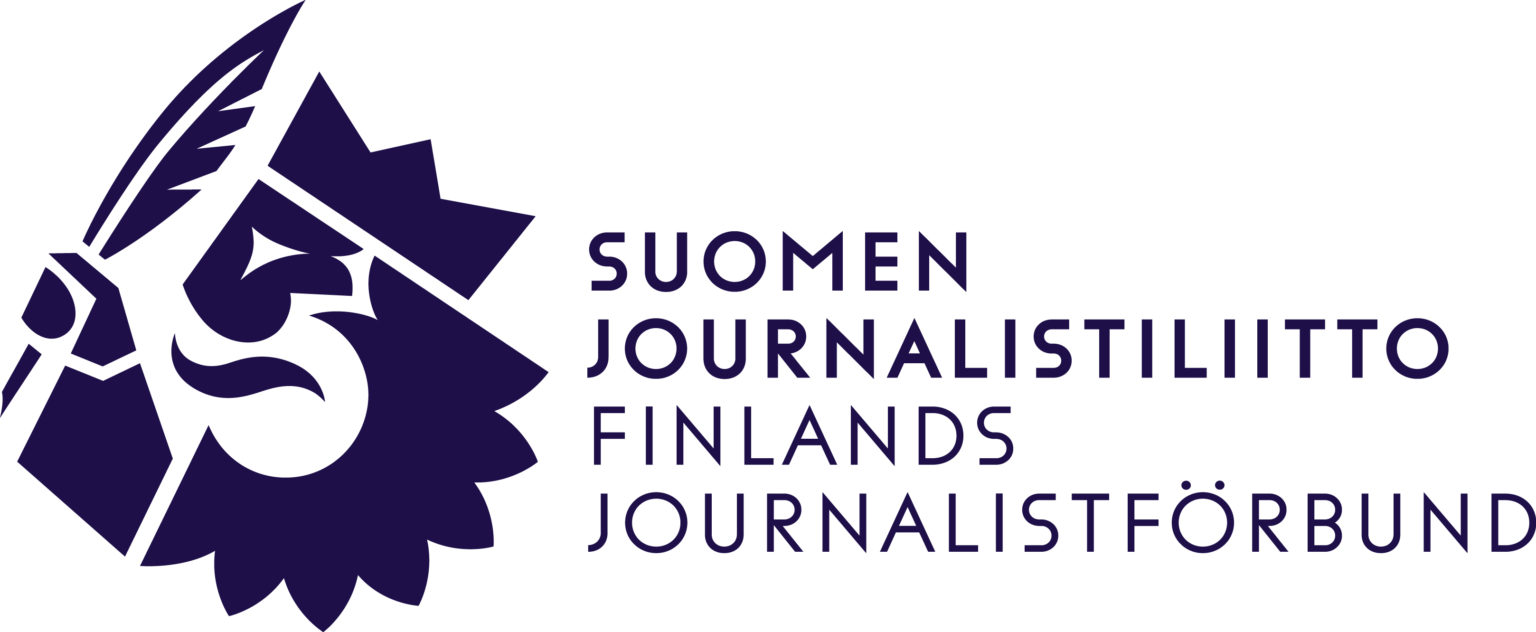Not too long ago, the only journalists working in conflict areas who might be afforded protection were those working for wealthy, predominantly Western news organizations.
These journalists would attend expensive courses run by former special forces personnel, who trained them to navigate hostile environments. They would be furnished with flak jackets and helmets, and given first aid kits. But journalists elsewhere have rarely benefited from this culture of safety.
From Mexico and Brazil to Pakistan and Somalia, journalists are often murdered with impunity. And more often than not, when the messenger is silenced, so is the message. In places where corrupt regimes or militant groups want to control the flow of information, journalists have long had to risk being kidnapped or killed.
But in recent years, this threat has become so great that some countries are now effectively no-go zones for international-media organizations.For the last 15 years, the International News Safety Institute has been collating a list of journalists who have died on the job. What we have found is shocking: for every ten reporters killed, nine died while on assignment in their home country.
Countless others have had to abandon their homes, jobs, and countries; and those who do stay often live in constant fear for their safety. Western correspondents are aware of these risks when they travel abroad to cover active war zones.
But now they confront similar dangers at home. Wherever journalists work – whether online or offline – they need to be mindful of more physical, psychological, and digital risks than ever before. Terrorist attacks have affected news organizations, particularly in Europe, in unexpected ways.
Many of those who arrived first at the scene of the Manchester Arena bombing or the massacre at the Bataclan concert hall in Paris had not received the physical training for such eventualities, nor were they emotionally prepared to cover stories where they would be exposed to that degree of trauma. In response to these events, some newsrooms have started preparing for what they will do if a domestic terrorist attack directly affects their operations.
Organizations – including the BBC, the Dutch public service broadcaster NOS, and others across Europe – have plans in place for journalists responding to incidents in their home cities or those directly targeting their newsrooms. Beyond bullets and bombs, journalists also face increasing psychological threats at home. In July, a report I co-authored for the International News Safety Institute put a name to one such threat, a phenomenon known as “moral injury.”
The report, published by the Reuters Institute for the Study of Journalism at the University of Oxford, examined the impact of covering the recent refugee crisis in Europe on members of the media. Reporting on a traumatic story, we found, can have a profound impact on one’s mental health. Our research noted that feelings of guilt and helplessness can be overwhelming when events “transgress personal moral and ethical values or codes of conduct.”
To guard against the risks of moral injury, we highlighted the importance of education, explaining that, “journalists need to understand that this is the ‘new’ terrain, part of the mental landscape of the profession.” Our report also suggested that organizations should look to provide support to those who needed it, bearing in mind that individuals respond to and recover from trauma in different ways. In the US, journalists face another kind of psychological threat: harassment from their own government.
Although journalists are protected by the First Amendment of the US Constitution, US President Donald Trump has nevertheless used his social-media bully pulpit to routinely vilify the entire news media. Trump’s disdain for free speech mirrors that of authoritarian governments, from Turkey to the Philippines, where journalists have been arrested, imprisoned, and harassed in record numbers. Journalists are also increasingly vulnerable online, where anonymity has created a culture of trolling and harassment.
Female journalists have had to bear the brunt of digital attacks, which can rapidly escalate into threats of sexual violence. In response, many journalists have abandoned social media, and others have left the profession of journalism altogether.
The world is a risky place for journalists, which is precisely why we must do everything that we can to protect them. Never before has the role of journalism been so important. In today’s noisy, confusing, multi-channel news landscape, where “fake news” is sold as fact, we need accountable, analytical, responsible reporting more than ever. A free press delivers truth, holds power to account, and calls out threats to liberty and justice. But the press can never be free if its members are not kept safe.
This article was first published by Project Syndicate and is republished here with the kind permission of Project Syndicate.
Photo AFP


